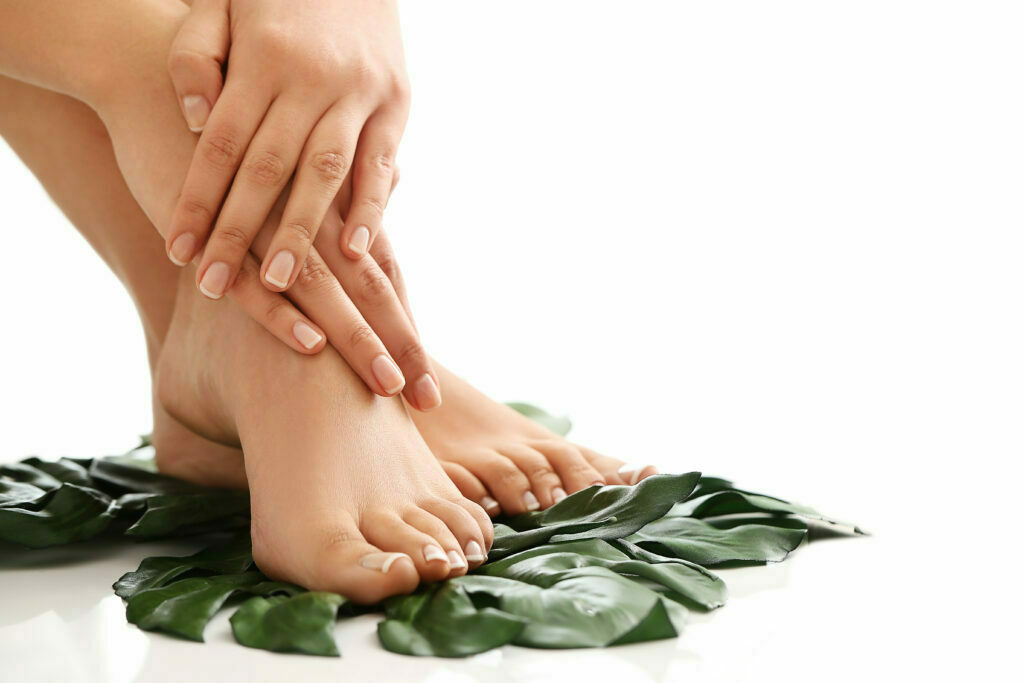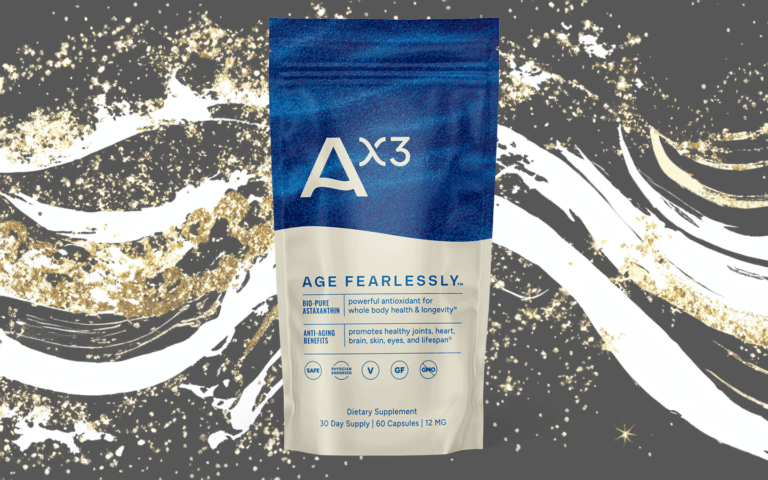Author: Bryony Cocksedge
If your legs and feet feel sore, heavy, and tired at the end of a long day, you’re not alone. Our feet strike the ground over 10,000 times in a single day, absorbing more than 600 metric tons of force over a lifetime.
For most of us, heavy, tired legs are the result of prolonged tension which leads to fatigue. Overuse, whether training too hard or simply standing for extended periods of time each day, contributes to that undeniable sore, weighted feeling in the legs. However, underusing your legs (or lack of physical activity in general) can also cause discomfort and lead to painful cramping. Sometimes it’s not that simple though, and a combination of other factors can lead to the condition. Understanding why your legs feel tired and your feet are sore is an important first step in determining the best line of treatment.
THE CAUSES
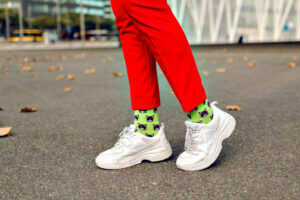
Besides over or underusing the legs and feet, other factors can contribute to leg fatigue and foot soreness. First, age is sometimes a factor. Unfortunately, as we age, our connective tissue (cartilage) changes, causing leg aches and tightness. Circulation issues are also a common culprit, because poor circulation has the biggest impact on the legs since it’s harder for the blood to flow upwards from the feet to the heart. When the blood can’t circulate, blood can collect in the legs which can produce a tired and heavy sensation. This is why people with underlying conditions that cause poor circulation, such as diabetes and atherosclerosis, often suffer from swollen, tired legs and ankles at the end of the day.
Another cause is varicose veins, a condition that’s also related to poor circulation. Varicose veins are a fairly common ailment—about 30% of the population have them. They occur when small, superficial veins lose their elasticity and start to pool blood, resulting in enlarged, twisted, knotty veins that protrude from the skin. While usually benign, varicose vein cases may still result in leg tenderness, heaviness and pain after walking or standing.
Sore feet and legs can also be caused by a host of other underlying medical conditions. For example, low levels of potassium in the blood, often caused by other conditions or prescription medications. Pregnancy, obesity, and even smoking can also exacerbate foot soreness and leg fatigue issues.
It’s important to consult your doctor to ensure there isn’t a serious underlying medical reason that may require treatment, however, most leg and feet heaviness and fatigue can be resolved with a few, simple lifestyle changes and home treatments.
MOVEMENT

Obviously, if you’re generally sedentary, getting up and moving will go a long way to relieve achy, tired legs. Your muscles weaken after prolonged inactivity, and when your muscles are weak, you’re more likely to suffer muscle soreness from everyday activities. Staying active will stimulate blood flow to muscle tissue, keeping it healthy. Some people have the opposite problem. Injury aside, tired legs and sore feet of highly active individuals are frequently caused by overworking the muscles. Make sure to allow the body time to adequately rest. Without which, the leg muscles can’t fully recover.
Regardless of activity level, stretching adequately before any physical activity will help prevent that uncomfortable tired leg feeling. Stretching the quads is very important because as a large muscle, when it gets fatigued, the entire leg feels fatigued. A quad stretch will relieve some of that tension. Simply hold onto a chair or counter, stand on one foot and grab the other foot behind you, gently stretching the front of the leg. Maintain the stretch for 30 seconds, then switch legs. Repeat two more times.
For the lower leg, calf stretches can be helpful. Simply hold onto the back of a chair for balance, raise up onto your toes (the balls of the feet) and remain in that position for a few seconds. Then, lower your heels to the ground and repeat.
LIFESTYLE
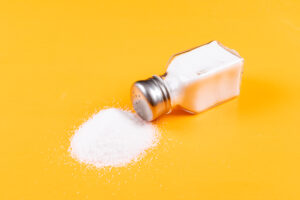
There are a few lifestyle changes that can help improve the feeling of tired, heavy legs and tender feet. If you’re overweight, losing a few pounds can reduce the pressure on the legs and may help to relieve leg tiredness. Overconsuming salt leads to fluid retention and swelling too. Additionally, make sure you’re drinking lots of water. Dehydration can lead to cramping and discomfort.
CIRCULATION SUPPORT

After a long day of constant activity or standing, blood pools in the lower legs, causing soreness. Compression socks are a great tool to gently squeeze stretched vein walls and restore blood flow back to the heart. Smoking also has a marked negative impact on circulation. The nicotine in cigarettes decreases the flow of blood and causes blood vessels to tighten, making it more difficult to circulate. So, quitting smoking may also offer some relief.
WHAT ELSE CAN YOU DO?
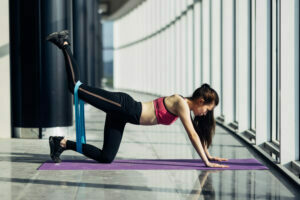
Even if you are active, do exercise focused on leg and foot comfort, and are proactive about your circulatory health, you still may suffer from sore legs and feet. That’s when a treatment like Footlogix can help. Apply the Footlogix Tired Leg Formula (RRP £24/125ml, www.lisalou.co.uk) twice daily or as and when needed. The mousse acts as a preventative for tired, heavy legs. Great for those who work out, travel a lot, or stand for extended periods of time. Active ingredients, witch hazel promotes healing and circulation whilst horse chestnut helps strengthen capillary walls. The urea content also keeps the skin hydrated.
Consider treating yourself monthly to a luxury pedicure. Not only will your feet benefit but so will your body and mind. Having your lower body massaged helps to increase the circulation, relieve pressure and muscle tension, alleviate stress and relax the mind. Pedicures also help to reduce callus build ups and relieve dry skin, which is also important for the health of your feet as calluses and dry skin can become itchy and sore!
Finally, make sure you wear properly fitted footwear for whatever you do, from your workouts to being out and about. Shoes are a huge factor in foot health, and can lead to dry skin, calluses, blisters, and even back problems!
Now you’ve tackled tired legs, it’s time to combat exhaustion head on with the SEVEN CAUSES OF EXTREME FATIGUE

